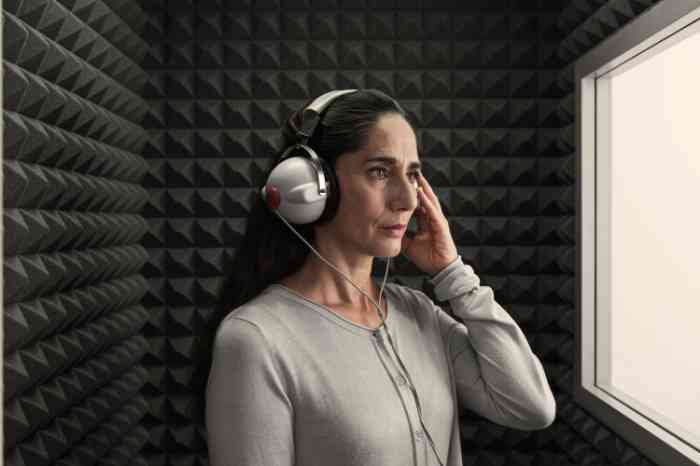


Loud noises are all around us, but did you know they could be causing long-term damage to your hearing? Whether from industrial machinery, concerts, or even malfunctioning headsets, acoustic shock and trauma are becoming more prevalent. Here's what you need to know to protect your hearing.
Acoustic trauma refers to hearing damage caused by exposure to loud sounds, usually over an extended period, or from a single, intense noise event. Common examples include noise from industrial machinery, concerts, or firearms. This condition can lead to permanent hearing loss, particularly if the exposure is not mitigated by appropriate protective measures. Individuals experiencing acoustic trauma may exhibit a permanent reduction in hearing sensitivity, which is often confirmed through an audiogram, a hearing test used to assess the extent of damage.
Acoustic shock, on the other hand, occurs when an individual is exposed to a sudden, intense noise that causes short-term auditory symptoms, such as tinnitus, ear pain, dizziness, or a feeling of fullness in the ear. This is often seen in environments like call centres, where headset malfunctions can cause sudden loud sounds. While acoustic shock typically results in temporary discomfort, repeated exposure or failure to address the issue can lead to lasting effects on hearing.
Both conditions are serious, and while acoustic shock may resolve over time, acoustic trauma can lead to irreversible hearing damage. The key to managing both is early recognition and prevention.
 Worried about your hearing?
Book an appointment
Worried about your hearing?
Book an appointment

.jpg/jcr:content/renditions/cq5dam.web.700.700.jpeg)
Acoustic trauma symptoms develop more gradually, often presenting as:

Certain jobs and environments present higher risks for acoustic shock and acoustic trauma.
However, the general public is also at risk. Individuals who regularly use personal listening devices at high volumes are also vulnerable to both acoustic shock and trauma. Prevention is crucial for everyone, especially those working in noisy settings or using loud audio devices.
There are various prevention systems available to protect hearing and mitigate the risks of both acoustic shock and trauma. These systems aim to reduce or eliminate harmful noise exposure, thereby preserving hearing health
In addition to using hearing protection systems, adopting safer listening habits is crucial for maintaining long-term hearing health:
Acoustic trauma and acoustic shock can have a lasting impact on your hearing health. However, by adopting the right prevention systems, such as noise-cancelling earphones, volume-limiting devices, and environmental control measures, you can significantly reduce the risk of hearing damage. Early recognition of symptoms and regular hearing assessments are key to protect your hearing in the long term.
 Visit your local clinic for more information
Visit your local clinic for more information
